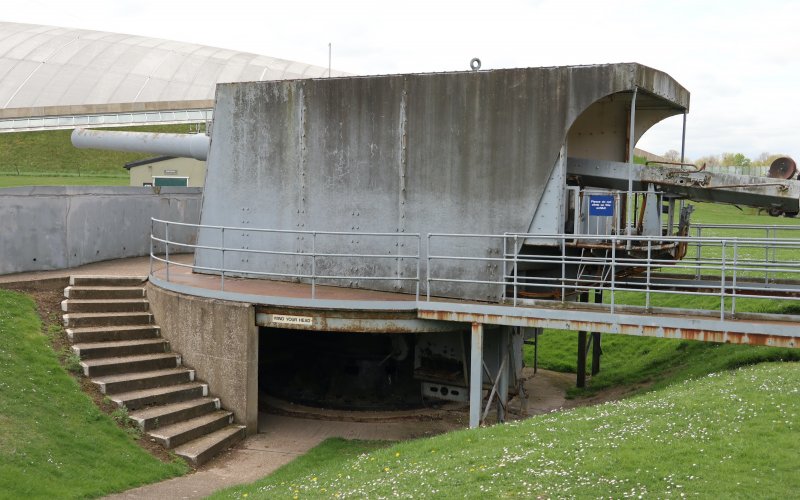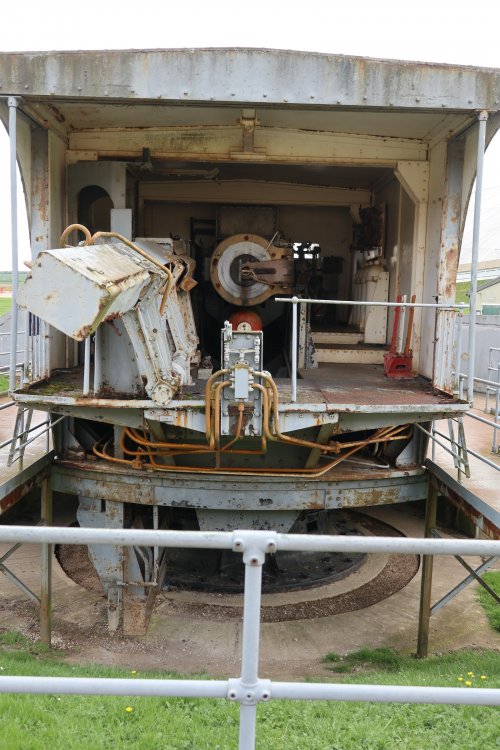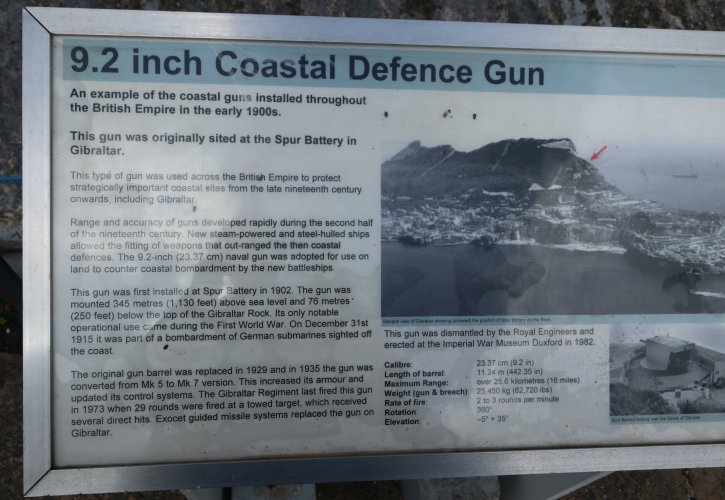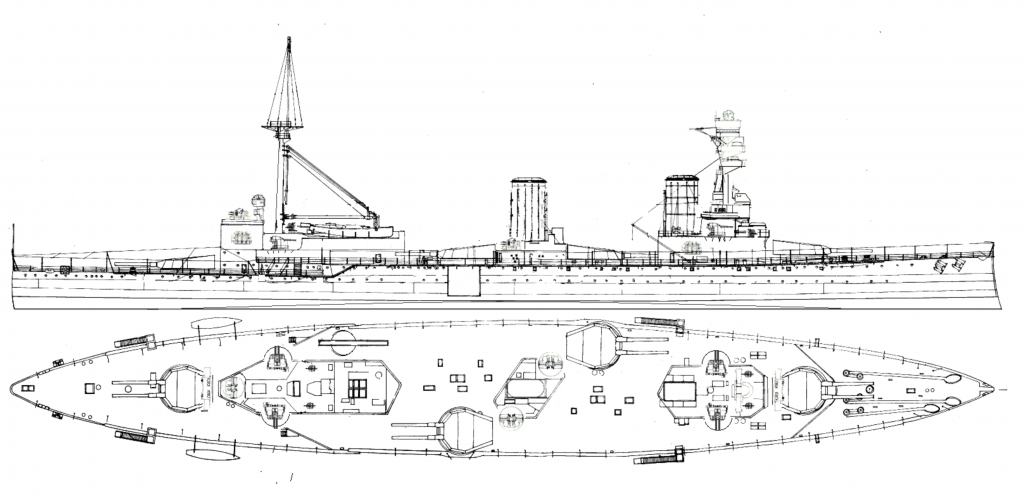Owens Z
quaerimus scientiam
- Joined
- 6 October 2023
- Messages
- 221
- Reaction score
- 286
Two points:
...Friedman’s assessment (one that is in keeping with all other authors I've read) is clear:
Thanks for this further info. No need to quote (fellow New Yorker) Norman Friedman to me; I've been a big fan for many years. In his biography of Beatty, author Stephen Roskill does mention that post-Jutland report of Eustace Tennyson D'Eyncourt (of whom I'm also a longtime fan: among other achievements, he foresightedly helped invent the tank). But Roskill noted archly, and I think with justice, that D'Eyncourt, as Director of Naval Construction since 1912, was perhaps not a disinterested authority to ask about battlecruiser design and construction flaws.
Despite the (unnecessary) vehemence of your response, I notice you have backed off the strict claims in your post # 221. That the disastrous explosion of three battlecruisers at Jutland was "as much a failure of doctrine and tactical execution as of construction" is more or less my own view. And the view of author John Roberts (if that's indeed the "Roberts" whom you cite). So we'll agree on that.
For my safety, I made a vow never to set foot aboard a British battlecruiser that isn't named Tiger, and I have kept that vow (in spirit, of course).





